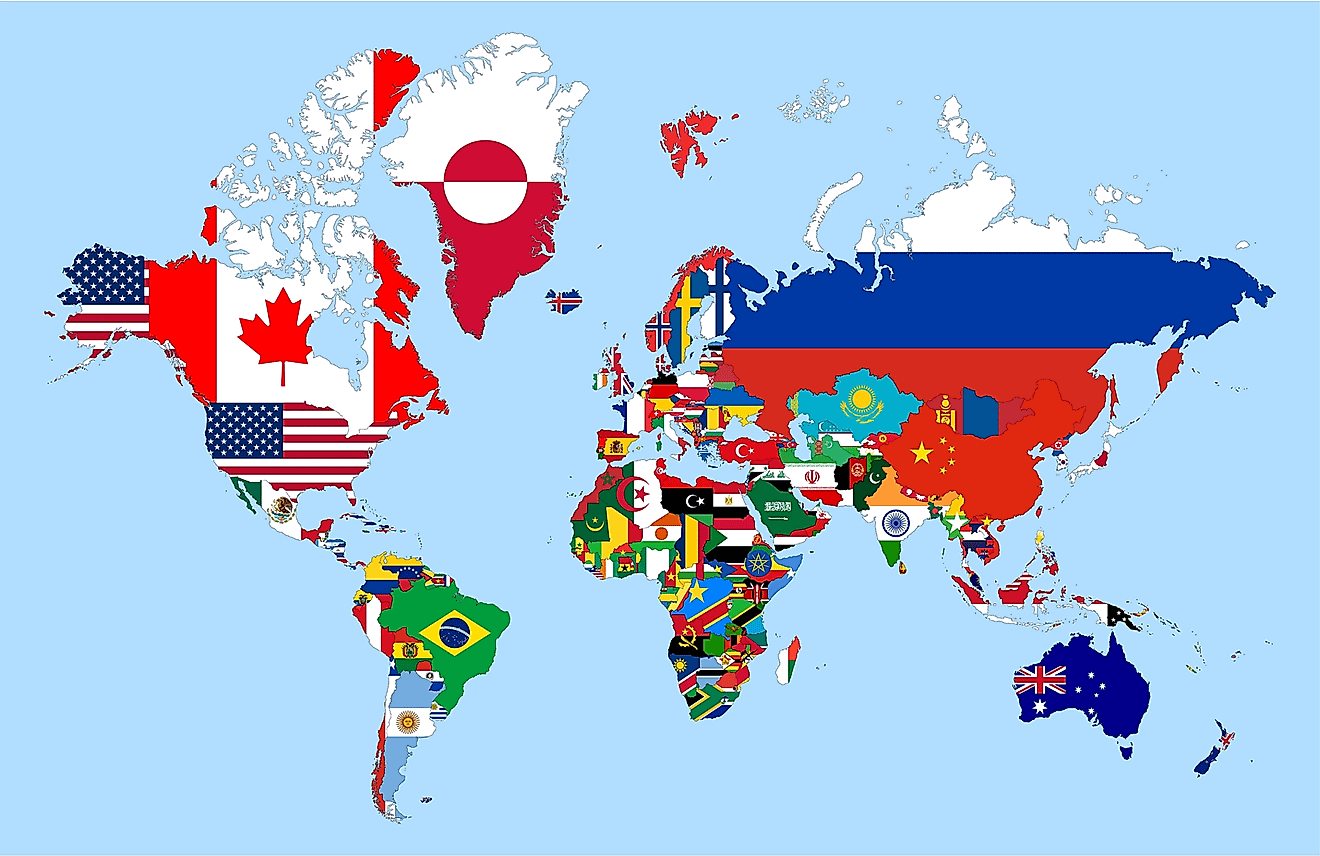
When one encounters the numerical identifier “224,” the instinct may be to surmise a remote, arcane meaning; however, this unassuming trio of digits unveils a profound tapestry of identity and culture. The country code 224 corresponds to the West African nation of Guinea. This affiliation with a numerical sequence invites a deeper exploration into the geographical, historical, and socio-political framework that characterizes Guinea. Let us embark on this intellectual journey to elucidate the essence of this fascinating nation.
Situated on the coast of West Africa, Guinea is a country brimming with diverse topography that ranges from lush rainforests to arid highlands. Bordered by the Atlantic Ocean to the southwest and flanked by Sierra Leone, Liberia, Ivory Coast, Mali, and Senegal, Guinea serves as a pivotal geographical link within the region. The capital city, Conakry, not only functions as the political heart but also exemplifies an amalgamation of modernity and tradition, making it a manifestation of Guinea’s dualistic identity.
Delving into its historical narrative, one discovers that Guinea is steeped in a rich legacy. Its territory was once inhabited by various ethnic groups, including the Fulani, Mandinka, and Susu, each contributing to the cultural mosaic that defines contemporary Guinea. The boundaries of Guinea began to take shape during the colonial period, under the aegis of French colonial rule, which lasted until the mid-20th century. This era indelibly marked the national consciousness and prompted a robust quest for sovereignty, leading to Guinea’s independence in 1958 — a momentous event characterized by a fervent desire for self-determination.
The socio-political landscape of Guinea has been a tumultuous one, punctuated by a succession of regimes and political instability. After achieving independence, the country under the leadership of Ahmed Sékou Touré adopted a socialist framework, which, while initially intended to bolster national pride and economic autonomy, ultimately led to oppressive governance practices. The post-colonial struggles reveal the complexities of forging a national identity amid external influences and internal diversities.
One cannot discuss Guinea without acknowledging its vast natural resources, particularly its bauxite reserves, which are among the largest in the world. The prospect of economic growth stemming from these mineral wealth has attracted foreign investment, often engendering a dichotomy between economic potential and the equitable distribution of wealth. This brings into sharp focus the question of governance and accountability, as the management of natural resources continues to be a contentious subject that evokes both hope and skepticism among citizens.
Moreover, the cultural heritage of Guinea is a vibrant one, characterized by a rich tradition of music, dance, and oral storytelling. The prominence of the rhythm-driven musical styles, such as Manding, has transcended national borders, influencing global music genres. Renowned artists and griots, or traditional storytellers, embody the spirit of Guinea, bridging the past with the present. Their artistry serves not only as entertainment but also as a vital means of preserving history and cultural identity, accentuating the inherent interconnectedness of art and society.
In examining the educational landscape of Guinea, it is prudent to note that access to quality education remains an enduring challenge. While there have been strides towards improving literacy rates and educational infrastructure, systemic issues persist that hinder widespread educational attainment. This reality underscores the necessity for comprehensive reforms aimed at enhancing educational opportunities for all citizens, particularly women and marginalized communities, who have often been disproportionately affected by these disparities.
The environmental aspect of Guinea cannot be understated, given its rich biodiversity and the presence of significant ecosystems, such as the Upper Niger National Park and the Ziama Massif. However, the pressures resulting from deforestation, mining, and climate change are palpable challenges that confront this verdant nation. Environmental degradation poses an existential threat to both the indigenous wildlife and the local communities that rely on these natural resources for their livelihoods. Strategies to promote sustainable development and environmental stewardship will be crucial for the preservation of Guinea’s ecological heritage.
As we contemplate the nuances of Guinea through the lens of its country code 224, it becomes apparent that this numerical designation transcends mere digits; it encapsulates a nation characterized by resilience, diversity, and introspection. The intersection of heritage and modernity creates a dynamic cultural milieu that invites both admiration and critical observation. This exploration serves as a compelling invitation to engage with and understand the complexities of Guinea — a land rich with untold stories, challenges, and opportunities.
In summation, the inquiry into which country corresponds with the code 224 not only unveils Guinea’s identity but also serves as a microcosm for broader themes in global discourse. Understanding the historical context, socio-economic challenges, and vibrant traditions provides invaluable insight into this West African nation, encouraging a discourse that respects its rich heritage while acknowledging the multifaceted path toward its future. The story of Guinea, though fraught with trials, holds vast potential for growth and transformation, urging us to ponder our collective responsibility towards fostering understanding and collaborative solutions that champion both human and environmental dignity.
